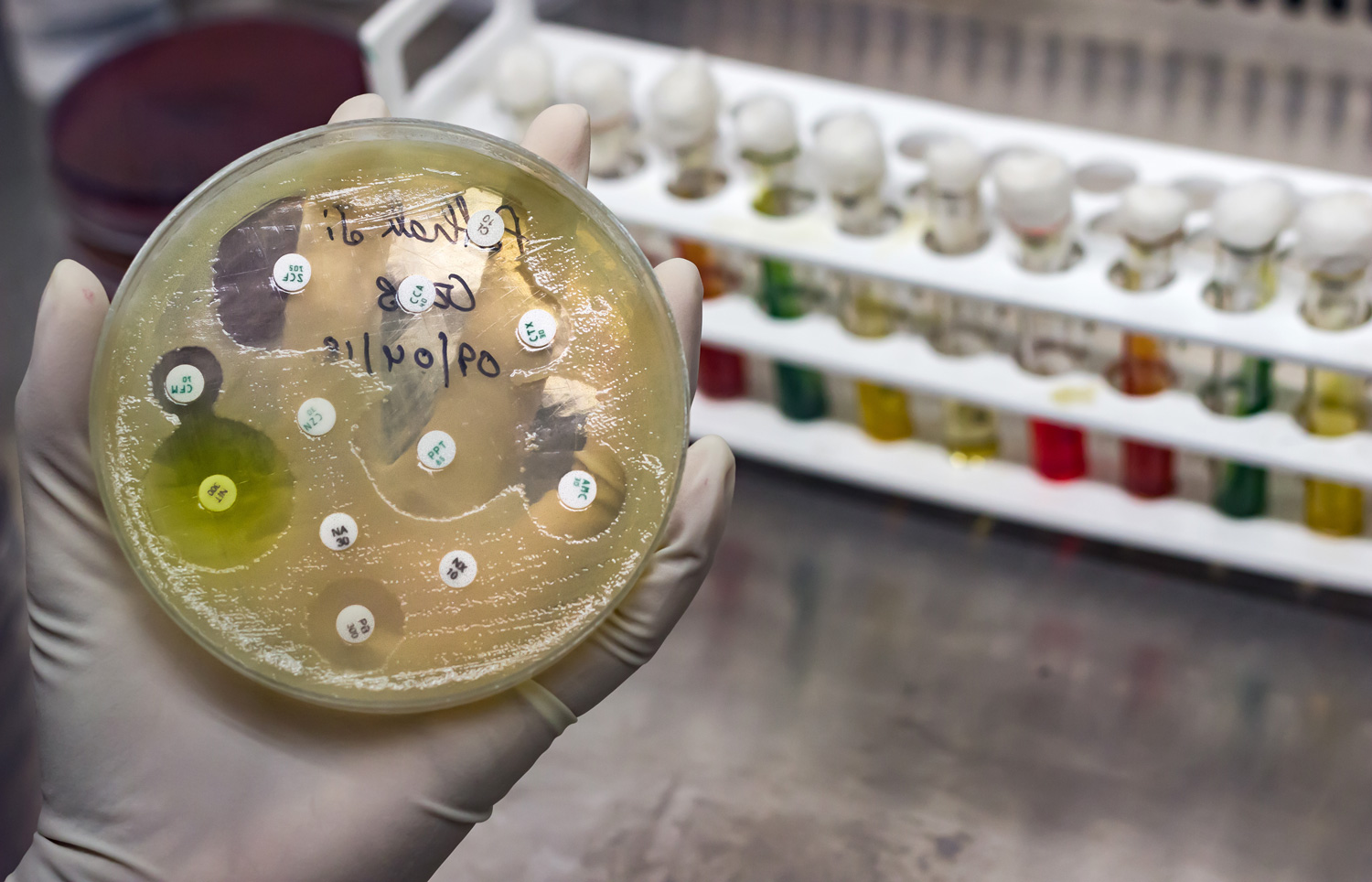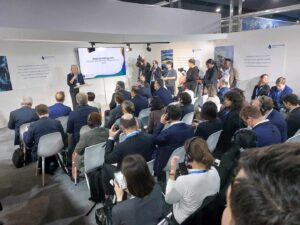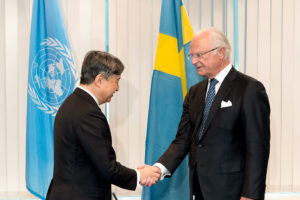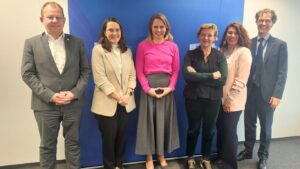Water, Sanitation, Health – Human Rights implications of Antibiotic Resistance
Pharmaceutical pollution, coupled with antibiotics misuse and water scarcity, have exponentially increased the global level of antimicrobial resistance (or AMR). Deaths attributable to AMR keep increasing every year, and predictions count over 10 million deaths by 2050, and a fall of food in livestock by 3-8% (corresponding to USD 100 trillion).
The spreading of AMR concerns all three compartments of One Health (human, animal, and environmental health), and water represents a potential vector of resistance across them. On the other hand, clean water and sanitation are fundamental tools for preventing infections, and part of the Human Rights essence. Thus, drawing a Human Rights framework around the AMR issues can provide guidance for more holistic policy and management approaches.
The “MR-dagarna” or “Human Rights days” is a yearly conference that since 2000 gathers people from all Nordic countries to discuss, reflect and endorse the Human Rights dimension of our actions. This year SIWI Swedish Water House hosted the event “Water, Sanitation, Health – Human Rights implications of Antibiotic Resistance”. The seminar highlighted the dilemma between the human right to access safe water and the right to health, the latter which includes access to medicines – which in turn often involves a production process proven to undermine water quality in manufacturing regions.
Since manufacturing emissions, as well as irresponsible usage, can be a trigger for antimicrobial resistance, the challenge of access to medicine is double-edged and calls for sustainable manufacturing practices and responsible usage. Hence, understanding the roles and responsibilities of all key actors surrounding the issue is important for finding solutions.
A comprehensive constellation of invited speakers attended the event; Anna Åkerblom (Swedwatch) provided an overview of pharmaceutical pollution as a crucial promoter of antimicrobial resistance (AMR), depicted the linkage between AMR and Human Rights as essential, especially when it comes to “right to life” and “right to health”. The Indian perspective of water-related AMR challenges was shared by Dr. Isabel Frost (Center for Disease Dynamics, Economics & Policy), emphasizing the role of WASH (Water Sanitation and Hygiene) as crucial for preventing the spread of infections and acknowledging water as a key driver of AMR. The latter was also supported by a scientific study in the Ganga River, where the number of antibiotic resistance genes was 20 times higher than in regions further away from the river. From the manufacturing outlook, Åsa Bergström (Recipharm) highlighted the challenges connected to the pharmaceutical supply chain and how the lack of transparency along the supply chain, as well as the absence of economic incentives, can be defying for more sustainable manufacturing. Hence, improving the regulative framework for the industry and sharing sustainability criteria (e.g. AMR Industry Alliance) could strengthen the overall AMR stewardship. On the financial side, sustainable public procurement proved to be an effective tool in compliance with both the Human Rights and the environmental dimensions. As for the latter, Lena Göransson Modigh described the development of sustainability criteria in green procurements by the Swedish National Agency for Public Procurement (Upphandlingsmyndigheten), and how proactive measures throughout the procurement process could incentivize companies to deliver on the above.
In conclusion, the event highlighted the multi-facets of the AMR threat, as well as the complexity of the solutions, and not least, the need for raising the issue higher on the political agenda. As for the latter, implementing a Human Rights Based Approach in the current AMR programmes, together with a deeper understanding of the environmental challenges, are fundamental factors for applying the right leverage to the decisionmakers. Lastly, this momentum could only be fostered if all actors surrounding the AMR issue (including the private individual as well as the public and private sectors) synergistically move towards the same Human Rights vision. Thus, summits such as the MR-dagarna become significant vehicles for conveying this message on an international and multi-sectorial scale.








